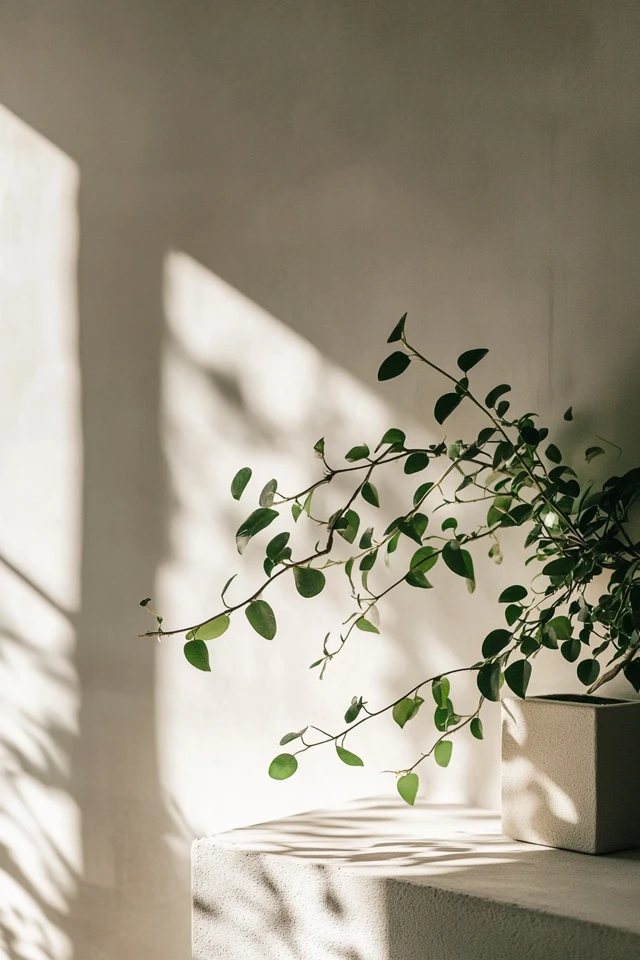Introduction
Minimalist decor is all about simplicity, clean lines, and a focus on what truly matters—but that doesn’t mean it has to feel stark or lifeless. Adding greenery is one of the easiest and most effective ways to bring warmth, texture, and vibrancy to a minimalist space. I still remember placing my first fiddle leaf fig in the corner of my all-white living room—it was like a breath of fresh air. That single plant transformed the space, giving it life and an organic touch without disrupting the calm, minimalist aesthetic.
Greenery in minimalist decor is about quality over quantity. It’s not about filling your home with plants but thoughtfully selecting and placing a few pieces that complement the design. In this guide, I’ll show you how to incorporate greenery into your minimalist decor to create a serene and inviting space.
Why Greenery Works in Minimalist Decor
Key Benefits
- Adds Life: Plants bring a sense of vibrancy and freshness to simple spaces.
- Creates Contrast: The natural green of plants contrasts beautifully with neutral tones.
- Improves Air Quality: Many plants help purify the air, promoting a healthier home.
- Enhances Serenity: Greenery has been shown to reduce stress and increase a sense of calm.
1. Choose Low-Maintenance Plants
Why It Works
Low-maintenance plants align with the simplicity of minimalist decor and require little effort to care for.
How to Do It
- Opt for easy-to-care-for plants like snake plants, pothos, or peace lilies.
- Use succulents or cacti for small spaces or tabletop accents.
- Incorporate air plants, which don’t require soil and can be displayed in creative ways.
- Research each plant’s light and water needs to ensure they thrive in your space.
2. Stick to Simple Planters
Why It Works
Minimalist planters keep the focus on the plants themselves while maintaining a clean aesthetic.
How to Do It
- Choose planters in neutral colors like white, black, or gray.
- Opt for sleek materials such as ceramic, concrete, or matte finishes.
- Avoid overly decorative or patterned pots that distract from the minimalist look.
- Use matching or coordinating planters to create a cohesive feel.
3. Highlight Greenery as a Statement Piece
Why It Works
A single, well-placed plant can serve as a focal point without overwhelming the minimalist design.
How to Do It
- Place a large floor plant, like a fiddle leaf fig or rubber plant, in an empty corner.
- Use a tall, slender planter to emphasize verticality and add height to the room.
- Position the plant near natural light sources to highlight its natural beauty.
- Keep the surrounding area clean and uncluttered to draw attention to the greenery.
4. Add Greenery to Shelving
Why It Works
Greenery softens the look of minimalist shelves while adding texture and interest.
How to Do It
- Use small plants, like succulents or trailing pothos, to decorate shelves.
- Pair plants with books or neutral decor for a balanced arrangement.
- Allow trailing plants to cascade over the edge of shelves for a dynamic effect.
- Stick to one or two plants per shelf to maintain the minimalist aesthetic.
5. Incorporate Hanging Plants
Why It Works
Hanging plants save floor space and add a playful, modern touch to minimalist interiors.
How to Do It
- Install sleek, minimalist hooks or brackets to hang planters from the ceiling or walls.
- Choose trailing plants like ivy, string of pearls, or spider plants for hanging displays.
- Keep the design simple with neutral macramé hangers or modern metal hooks.
- Position hanging plants near windows for optimal light and an airy feel.
6. Create a Green Corner
Why It Works
Grouping plants in one area creates a lush focal point without disrupting the clean lines of minimalist decor.
How to Do It
- Use a variety of plants with different heights and textures to add depth.
- Place plants on a simple shelf, stand, or ladder to create a tiered arrangement.
- Stick to neutral planters to keep the display cohesive.
- Keep the rest of the room uncluttered to balance the visual weight of the green corner.
7. Style with Single Stems
Why It Works
Single stems or branches in minimalist vases offer a simple, elegant way to incorporate greenery.
How to Do It
- Use clear or ceramic vases with clean lines to display single stems or branches.
- Opt for eucalyptus, monstera leaves, or olive branches for a minimalist look.
- Place the vase on a console table, nightstand, or kitchen counter for a subtle touch.
- Change the stems seasonally to keep the decor fresh and interesting.
8. Add Greenery to Unexpected Places
Why It Works
Placing plants in unconventional spots adds a playful yet understated touch to minimalist spaces.
How to Do It
- Use a small plant on the bathroom counter or windowsill to brighten the space.
- Place a trailing plant on top of a fridge or bookcase for an unexpected pop of green.
- Add a small succulent or moss terrarium to your workspace for a calming vibe.
- Incorporate greenery into minimalist table settings for a fresh, natural feel.
9. Incorporate Vertical Green Walls
Why It Works
A vertical green wall makes a bold statement while keeping the floor space clear.
How to Do It
- Install a modular green wall system or create a DIY version with planters and trellises.
- Use low-maintenance plants like moss, ferns, or succulents for easy care.
- Keep the wall design simple and structured to align with minimalist principles.
- Choose a single accent wall or section to avoid overwhelming the space.
10. Use Plants as Part of Functional Design
Why It Works
Plants can double as functional elements, adding beauty and purpose to your minimalist decor.
How to Do It
- Use tall plants as natural room dividers in open spaces.
- Place plants near windows to create a soft, natural curtain effect.
- Add herbs like basil, mint, or thyme to your kitchen for both decor and cooking.
- Incorporate greenery into entryways or hallways to soften transitions between rooms.
Picture Gallery
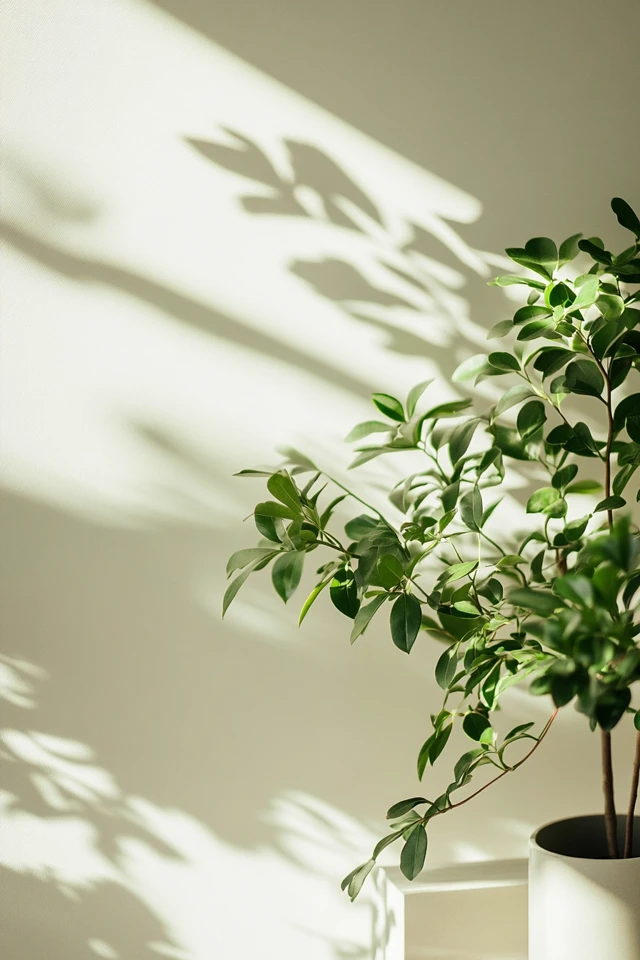
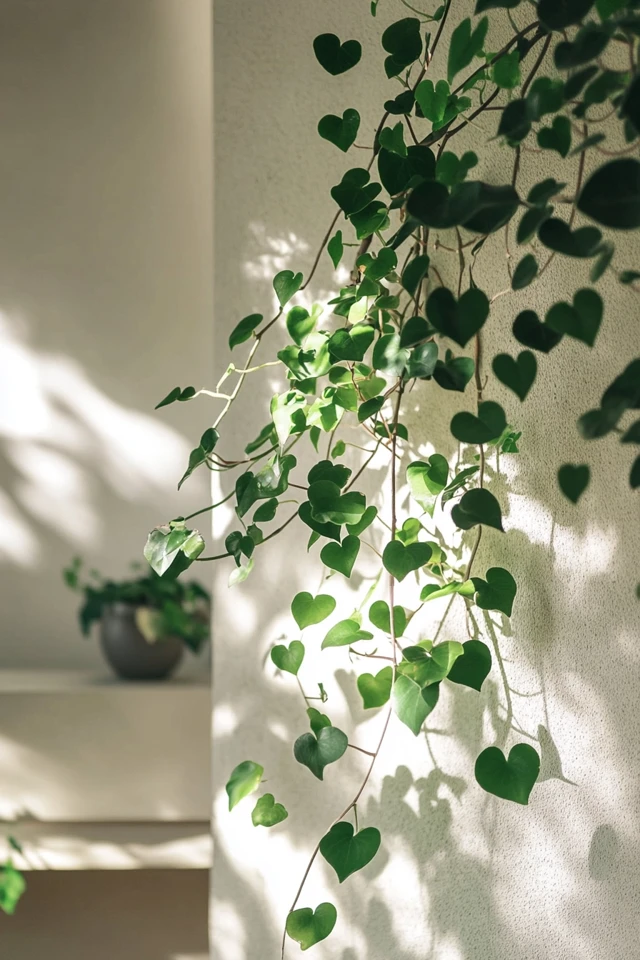
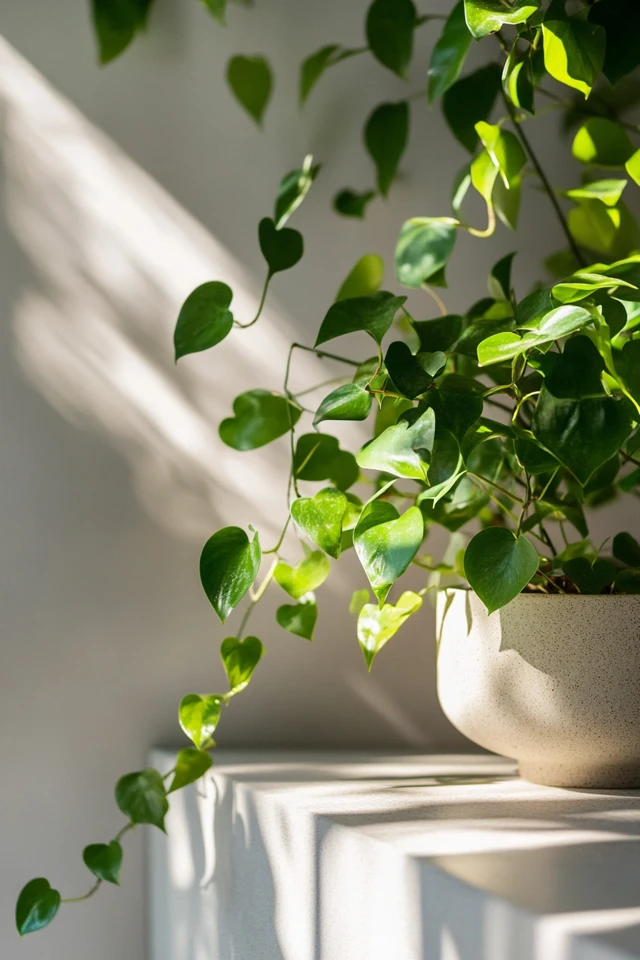
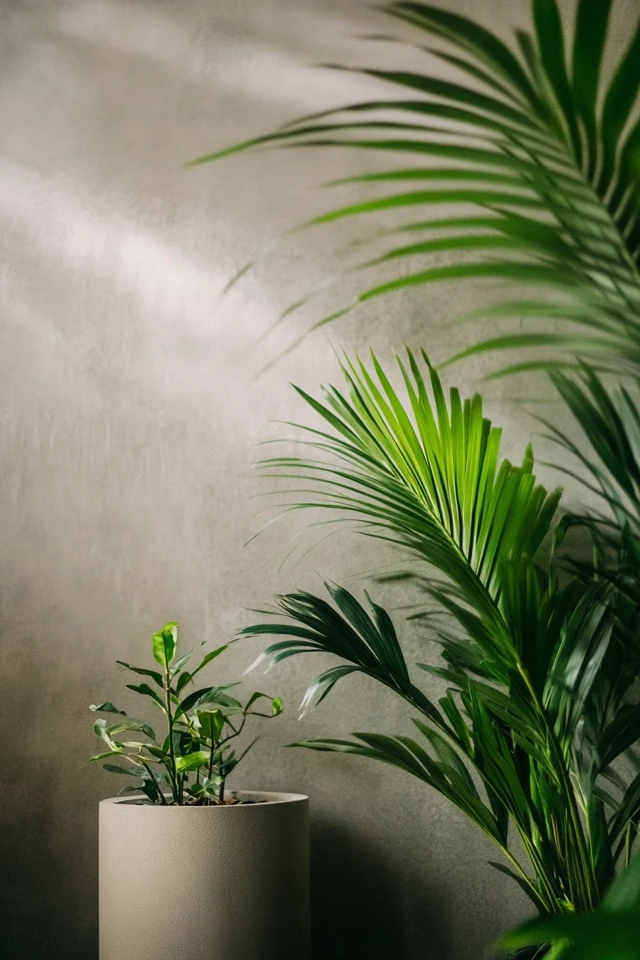
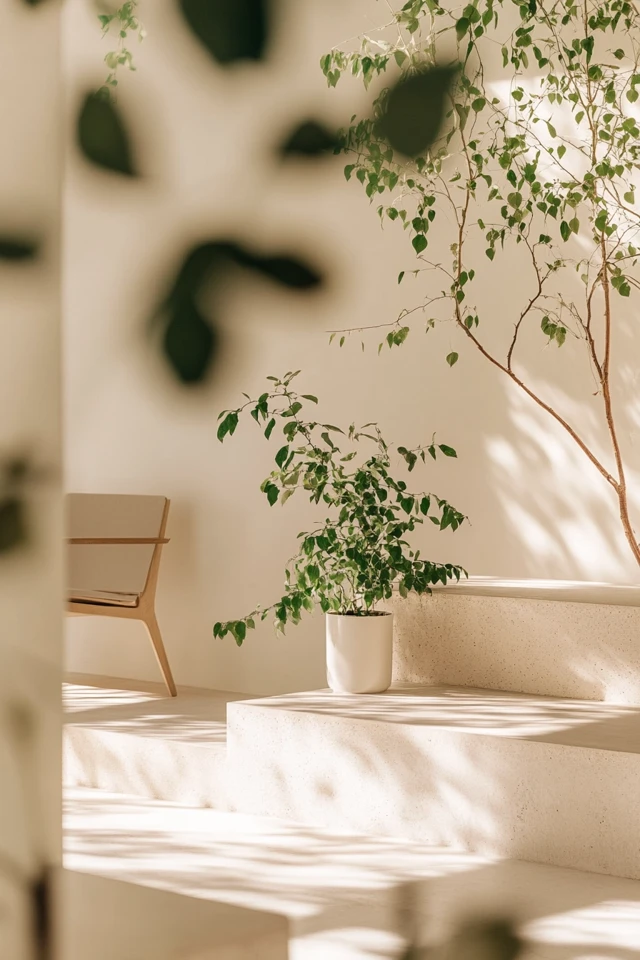
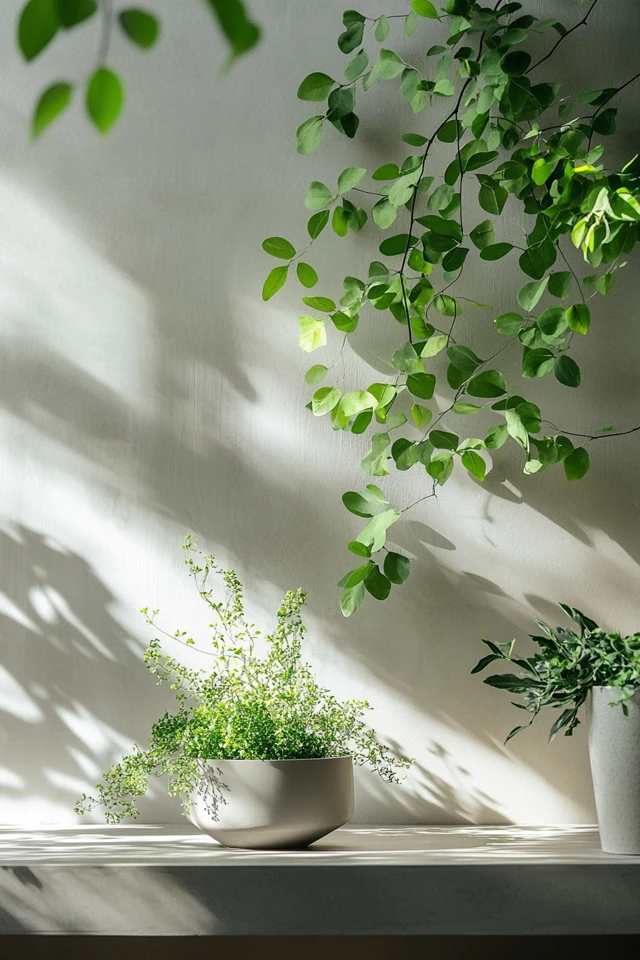
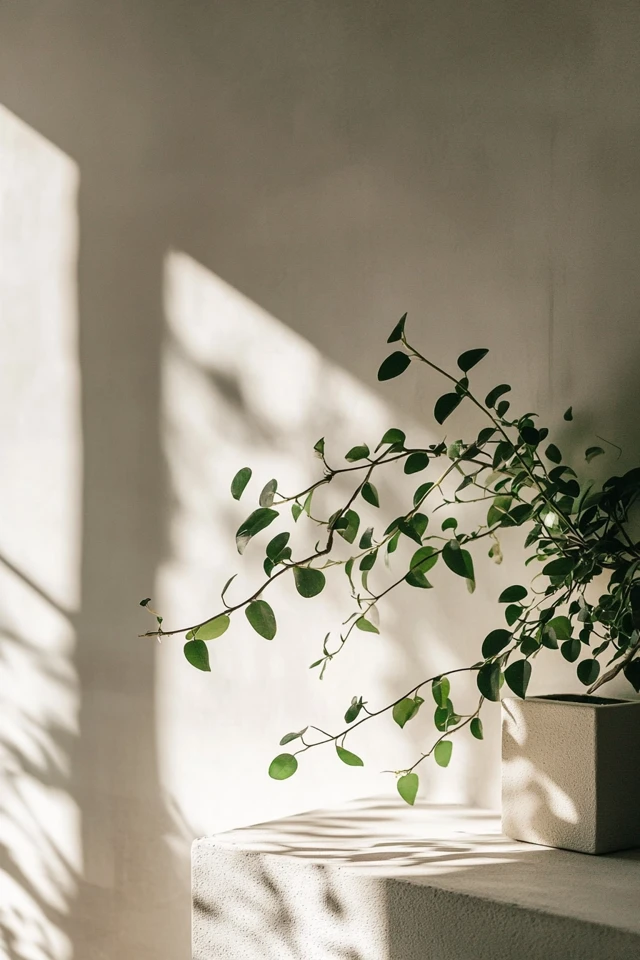
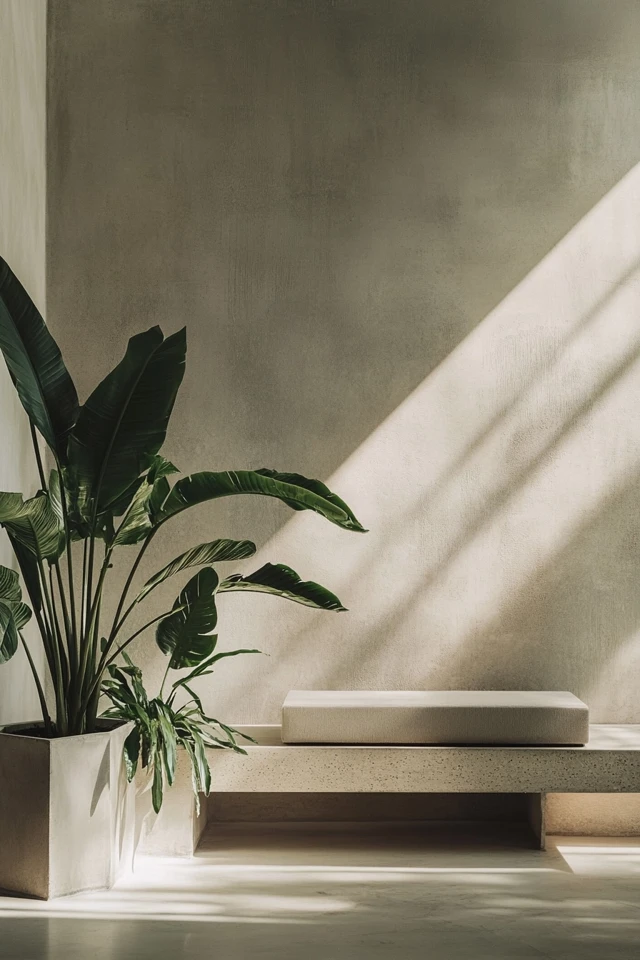
Conclusion
Incorporating greenery into minimalist decor is a perfect way to balance simplicity with warmth and life. Whether you’re using a single statement plant or a curated group of smaller ones, greenery adds a dynamic and organic element to your space.
What I love most about adding plants to minimalist interiors is their versatility—they fit seamlessly into any room while enhancing the overall atmosphere. With thoughtful placement, simple planters, and low-maintenance options, you can enjoy the beauty of greenery without sacrificing the clean aesthetic of minimalist design.
So go ahead, bring a little green into your space. Start with a single plant on your coffee table or a larger floor plant in your living room. Before you know it, your home will feel fresher, calmer, and more connected to nature.
FAQ
What are the best plants for minimalist decor?
Low-maintenance plants like snake plants, pothos, succulents, peace lilies, and fiddle leaf figs work beautifully in minimalist spaces.
How do I choose planters for minimalist design?
Stick to neutral tones, clean lines, and simple materials like ceramic, concrete, or matte finishes to complement the decor.
How do I maintain greenery in a minimalist home?
Choose plants that fit your lighting and care requirements, water them regularly, and keep their surroundings clean and clutter-free.
Can I use artificial plants in minimalist decor?
Yes! High-quality artificial plants can add greenery without the maintenance, but avoid overusing them to keep the look natural.
Where can I buy minimalist planters and greenery?
Retailers like IKEA, West Elm, The Sill, and local nurseries offer a range of minimalist planters and plants to suit any style.

